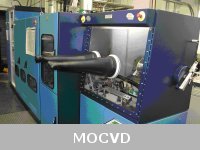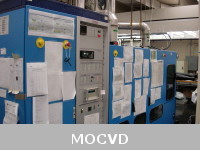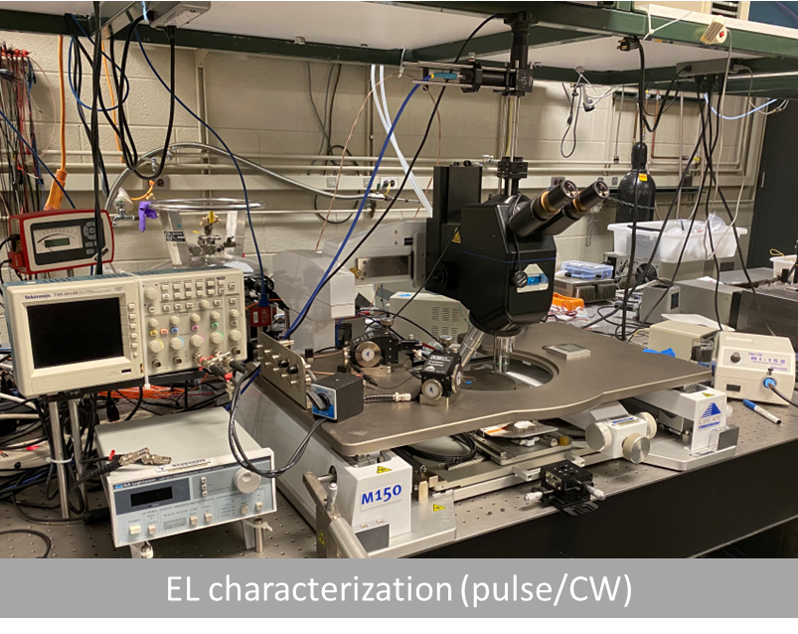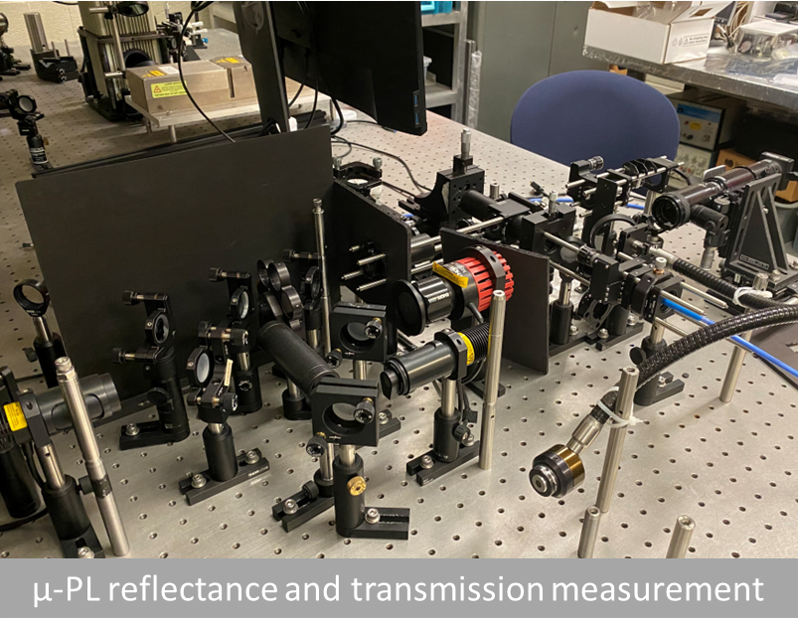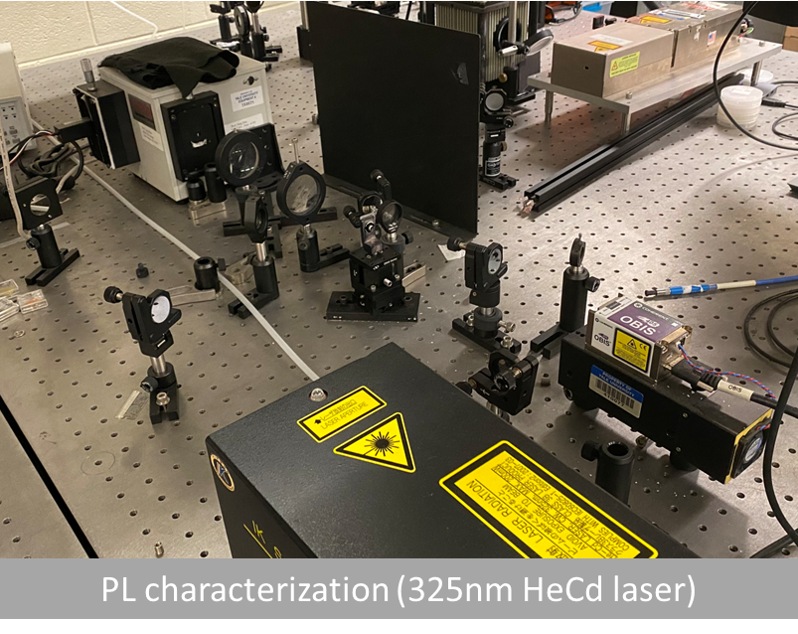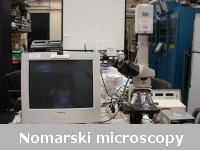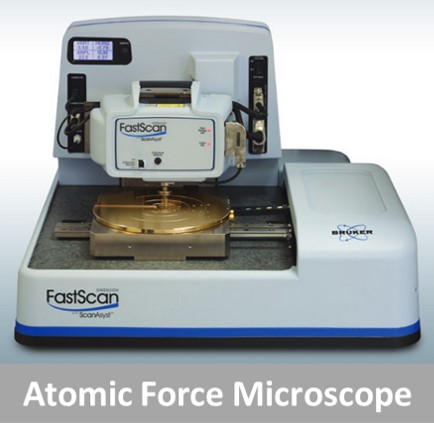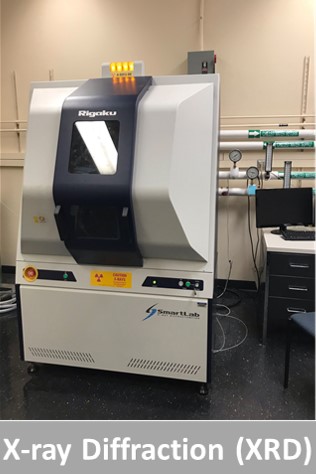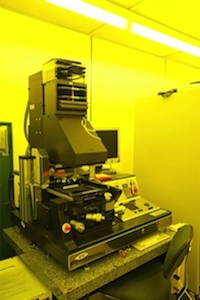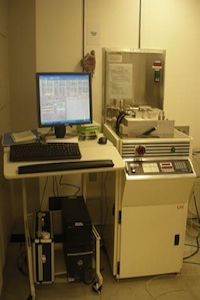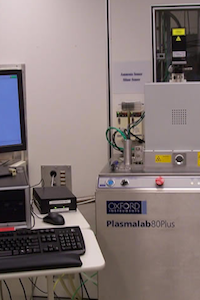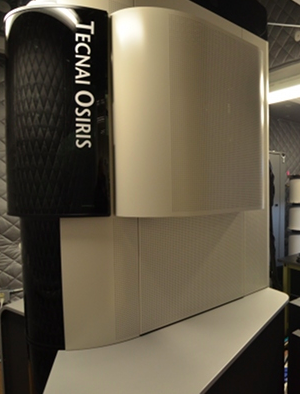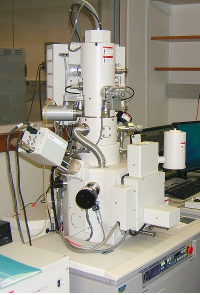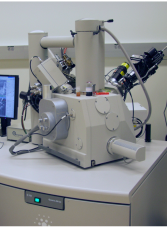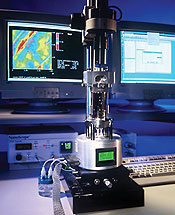Full microelectronic processing facilities exist, including multiple vacuum evaporators, process furnaces, standard photolithography and wet chemical processing, PECVD, 2 Oxford reactive ion etchers (one fluorine-based and one ICP for chlorine-based), and fabrication characterization in a shared-use class 100/1000 cleanroom complex occupying a 3000 sq-ft contiguous area, for both silicon and III-V semiconductor processing. On site characterization includes inspection SEMs, EDX, AFM.
The SEAS Cleanroom is a Core science facility which is administrated by the School of Engineering & Applied Science (SEAS), and is under the directorate of the Office of the Provost. It is located on the fifth floor of the Becton Engineering and Applied Science Center at 15 Prospect Street. The Cleanroom is operated as an internal service provider to the Yale community, and recovers some of its operating costs through user fees and access fees.
Today the SEAS Cleanroom serves over 90 graduate students, research associates, and post doctoral associates, and supports research in Electrical Engineering, Applied Physics, Mechanical Engineering, Biomedical Engineering, Cell Biology, and Physics. There are currently three full time staff members consisting of a Cleanroom Director and two technicians, who are responsible for training new users, maintenance and repair of equipment and facilities, and to provide process engineering consultation and technical assistance as requested.
